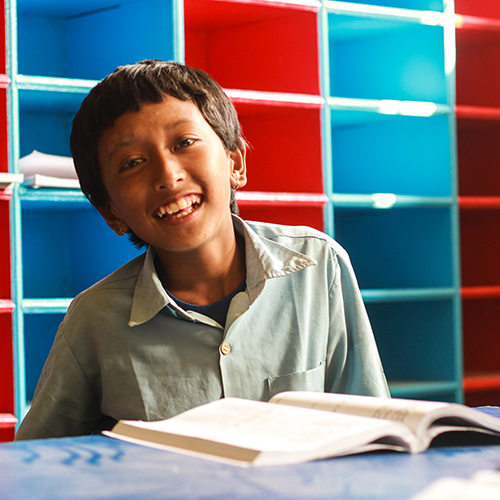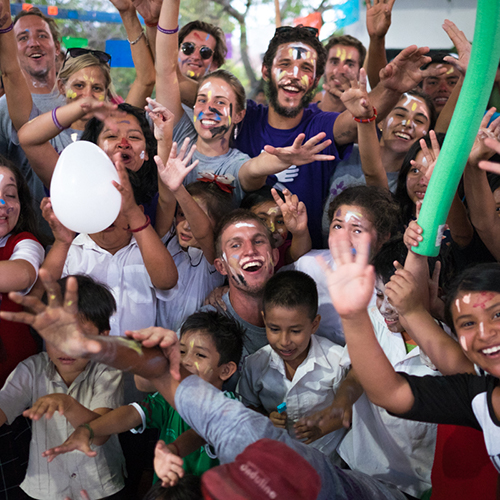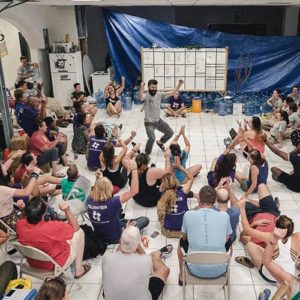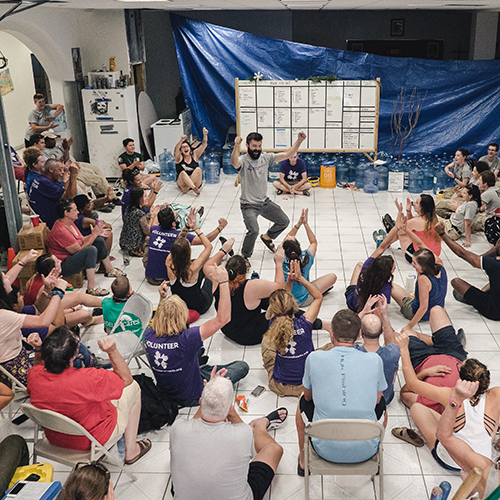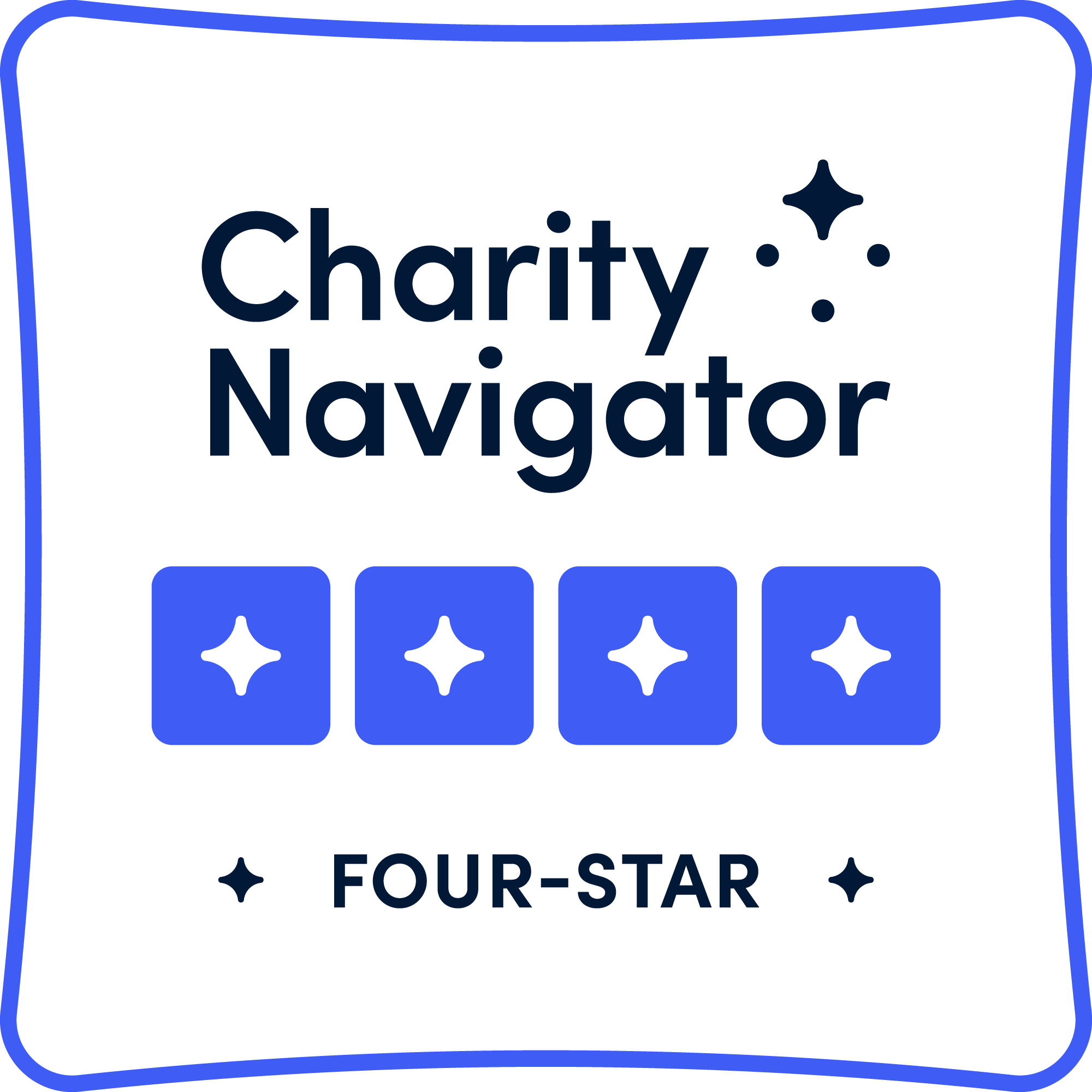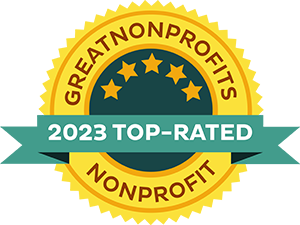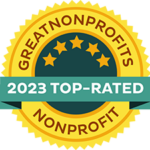We can all make a tangible difference.
When disasters strike, our shared humanity compels us to help. From Jay-Z’s Tidal X concert to Eva and Morgan’s lemonade stand, we have been so inspired by the outpour of support for communities affected by natural disasters. This diversity is truly eye-opening.
There are so many ways to get involved. If you have an idea, we’ll help you get started. If you know that you want to make a difference but don’t quite know how, we’ll help you channel that energy. The possibilities are endless.
Need answers? Read our Frequently Asked Questions.
The possibilities are endless
From the dorm room to the boardroom, leadership starts with service and commitment. Check out our suggestions below for ways to serve.
We work alongside communities to determine where their greatest needs lie. Our record of financial efficiency and transparency delivers the right support, in the right places, at the right time. Every coin spent is worth it.
We work alongside communities to determine where their greatest needs lie. Our record of financial efficiency and transparency delivers the right support, in the right places, at the right time. Every coin spent is worth it.
Volunteers often set out to make a difference in the lives of others but, in the process, realize that their lives are forever changed. If you have not volunteered with us before, read real volunteers’ experiences to get a feel for what our community is like.
Volunteers often set out to make a difference in the lives of others but in the process, realise that their lives are forever changed. If you have not volunteered with us before, read real volunteers’ experiences to get a feel for what our community is like.
The majority of funds are raised in the first three to four weeks after disasters. From that, 80% of the funding goes to first response. If we focus only on first response, we can’t build resilience. We need your help to put children and their families back on their feet and build resilient communities.
The majority of funds are raised in the first three-to-four weeks after disasters. From that, 80% of the funding goes to first-response. If we focus only on first-response, we can’t build resilience. We need your help to put children and their families back on their feet and rebuild resilient communities.





